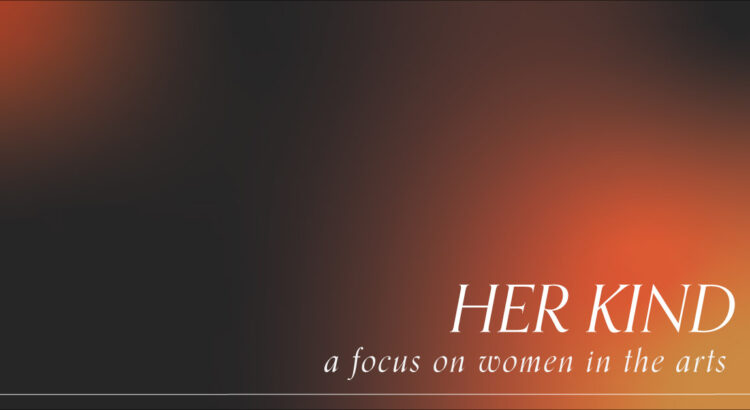“The art of music is capable of touching and approaching mysteries and laws existing in the cosmos and in the world.” —Sofia Gubaidulina
 This week, I had the pleasure of researching and listening to the music of Sofia Gubaidulina—a composer whose studies took place in Soviet Russia. Born in 1931, Gubaidulina is considered one of the foremost Russian composers of the second half of the twentieth century.
This week, I had the pleasure of researching and listening to the music of Sofia Gubaidulina—a composer whose studies took place in Soviet Russia. Born in 1931, Gubaidulina is considered one of the foremost Russian composers of the second half of the twentieth century.
Sofia Gubaidulina’s Piano Concerto Introitus is a one of my favorite pieces of music I’ve listened to recently. The opening unfolds from hollow, plaintive moans in the flutes and rises up in register and orchestration, building momentum to a near unison statement of one of the piece’s primary gestures. I love her choice to use the lowest registers of the flute to open the piece–it creates a beautiful, sacred ambience. Intervals of minor seconds, harmonic and melodic, evoke mysterium and tension.
The piano enters briefly after the fall of the first climactic moment, and Gubaidulina hovers again in the bass register. The strings prolong mysticism and tension with buzzing tremolos and half steps; the woodwinds create a sustained backdrop in contrast to the other textures being used. It’s surprising how little the piano is really used, considering it’s a piano concerto, but I actually love the way Gubaidulina feels no obligation to keep the pianist active for the majority of the first half of the piece. It’s unexpected, and the limited use of the piano draws more attention to it when it is playing.
 She makes use of simple ascending and descending scales in layers and layers of canons with the upper voices of woodwinds. The piano’s melody returns, and strings enter in the low register, echoing chords we’d heard earlier in the piano–then echoing the scales we’d just heard in the woodwinds. This time, richer and fuller, the scalar gesture opens up to a brief bassoon/piano duet which evolves into a call-and-response between the piano and the orchestra.
She makes use of simple ascending and descending scales in layers and layers of canons with the upper voices of woodwinds. The piano’s melody returns, and strings enter in the low register, echoing chords we’d heard earlier in the piano–then echoing the scales we’d just heard in the woodwinds. This time, richer and fuller, the scalar gesture opens up to a brief bassoon/piano duet which evolves into a call-and-response between the piano and the orchestra.
Towards the end of the piece, there’s a section filled with trills layered one on top of the other which evolves in to these almost bell-like chords chiming in the piano part over a bed of trills in the string section. The strings fade away, and the piano is left alone to play meditative, scalar figures once again—this time, with harmonic seconds floating on top.
The concerto ends with a haunting trill at the top of the piano’s range that serves in opposition to the concerto’s opening. It seems as if the piece itself serves as an ascent—perhaps to the celestial, or as a metaphor in line with the “Introitus” title, ascending from the secular to the sacred at the beginning of a religious event. This idea of ascent is also apparent in smaller motives throughout the piece; particularly in the sweeping gesture of the strings that serves as a pillar Gubaidulina keeps returning to. There’s a constant rise and fall that drives forward the concerto until we arrive at the end, suspended above.
or as a metaphor in line with the “Introitus” title, ascending from the secular to the sacred at the beginning of a religious event. This idea of ascent is also apparent in smaller motives throughout the piece; particularly in the sweeping gesture of the strings that serves as a pillar Gubaidulina keeps returning to. There’s a constant rise and fall that drives forward the concerto until we arrive at the end, suspended above.
The interaction and consideration between all the voices and textures in this concerto is stunning. The textures and gestures are reminiscent of Debussy and Messiaen perhaps, but Gubaidulina’s voice is strong. Her music was thought of as troublesome during her studies in Soviet Russia, but she was supported by Shostakovich, who in evaluating her final examination encouraged her to continue down her path despite others calling it “mistaken.” I’m grateful he encouraged her, because this piece is quite lovely. If you’d like to take a listen, you can follow this link to the her kind playlist.




Leave a Reply
Be the First to Comment!